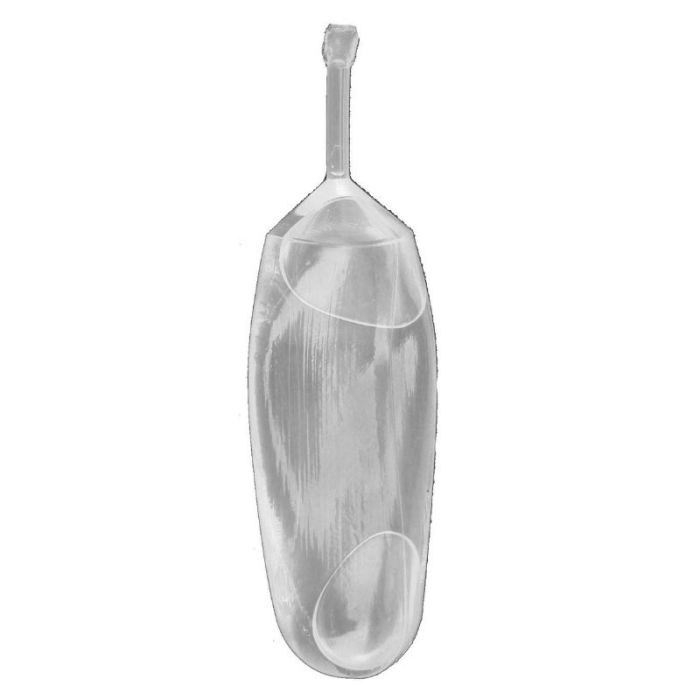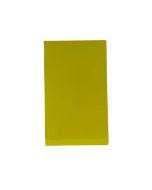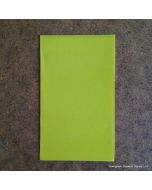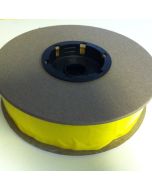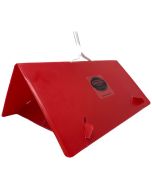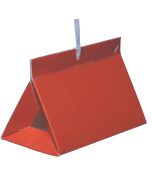Natal Fruit Fly Lure
Latin Name: Ceratitis rosa
Lure: Plastic Bulb
Lure Active Ingredient: EGO
Field Life: 30 days
Trap to Use: Yellow Card or McPhail Trap
Monitoring Strategy: Hang traps in or near host plants, nearby flowering areas of plant where fruitlets will form. Check with Cooperative Extension or Master Gardener for local information and recommendations.
Cultural and Physical Control: Pick up and bury any fallen fruit discovered around host plant.
Distribution: Angola, Democratic Republic of the Congo Ethiopia, Kenya, Malawi, Mali, Mozambique, Nigeria, Rwanda, South Africa, Swaziland, Tanzania, Uganda, Zimbabwe, Mauritius and Réunion
Hosts: Over 100 species, including arabica coffee, mango, papaya, guava, and custard apple.
Description: Adults: Yellow antenna, banded wings with yellow/black patterns on the body. Usually grow to lengths of 4-8 mm long.
Larvae: Consist of 3 instars, first being translucent while subsequent instars are creamy white. Mature Larvae are 9-11 mm in length.
Eggs: White, smooth and banana-shaped with a length of 1 mm, laid under the skin of the fruit.
Life Cycle: Females deposit eggs under the skin of fruit. Emerged larvae starts feeding in and on the fruit, tunneling to the center of the fruit and leading to fruit loss. Three to six generations can occur per year. The life cycle is weather and resource-dependent. During warm conditions and in ripe fruit, the life cycle can be as short as three to four weeks. During the winter it can be two to three months.
